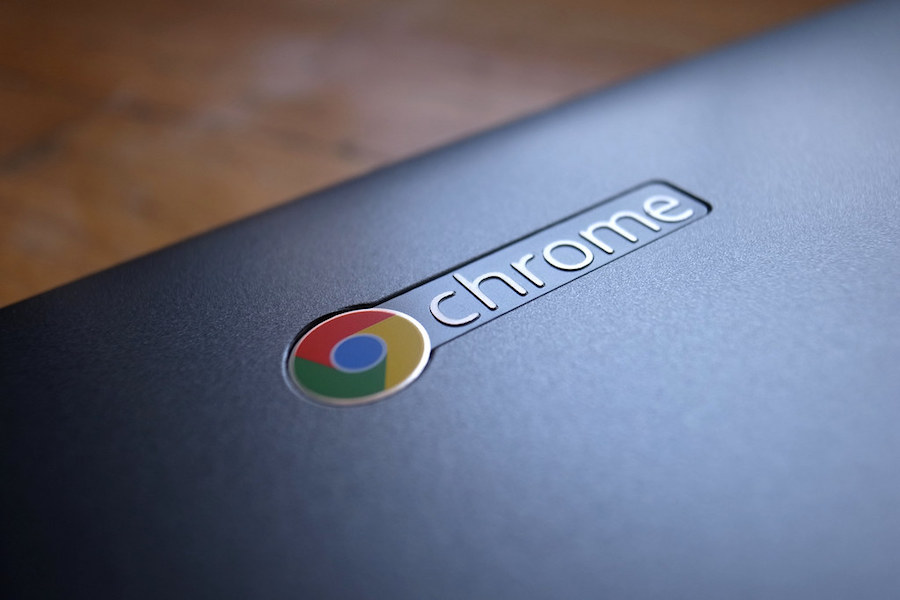In recent years, the education sector has witnessed a significant shift towards technology integration in classrooms. One emblematic manifestation of this trend is the increasing consideration of Chromebooks as a potential solution for modernizing teaching and learning environments. However, as schools contemplate adopting Chromebooks, it is vital to recognize the importance of careful consideration and planning. Rushing into such a decision without proper evaluation can have far-reaching consequences on educational quality, equity, and the overall learning experience.
Limited Functionality
Chromebooks, while affordable and easy to manage, come with inherent limitations in terms of software and applications. These devices primarily rely on web-based tools and applications, which can restrict the range of software available for students and teachers. In fields that demand specialized software such as graphic design, programming, or video editing, the lack of compatibility could hinder both educators and students in achieving their goals. Rushing into adopting Chromebooks without accounting for these limitations could result in a less comprehensive educational experience.
Learning Diversity and Personalization
Every student learns differently, and educators often rely on a variety of tools to accommodate these diverse learning styles. While Chromebooks offer general utility, they might not fully support all the learning methods and personalized approaches that teachers rely on. Certain subjects and learning activities might require offline work, tactile interaction, or specialized tools that are not easily accessible on Chromebooks. Schools should take the time to consider whether these devices can genuinely cater to the individualized needs of their students.
Digital Equity
One of the most critical concerns in modern education is digital equity. Rushing into a decision to adopt Chromebooks could inadvertently exacerbate existing disparities in access to technology. Not all students have equal access to the internet outside of school, and some might lack the necessary devices or connectivity to engage fully with online learning. Implementing a one-size-fits-all solution like Chromebooks without addressing these disparities could lead to a significant portion of students being left behind, ultimately deepening the educational divide.
Teacher Training and Preparedness
Integrating technology into the classroom effectively requires extensive teacher training. Chromebooks might be intuitive for some educators, but others may require time and support to become proficient in using them for teaching purposes. Rushing into Chromebook adoption without adequate training could result in teachers struggling to harness the devices’ full potential, leading to less engaging and effective lessons.
Data Privacy and Security
The use of technology in schools raises legitimate concerns about data privacy and security. Schools need to ensure that students’ sensitive information remains protected and that proper safeguards are in place to prevent unauthorized access. Rushing into adopting Chromebooks without thoroughly evaluating their data security features and potential risks could leave students’ data vulnerable to breaches and unauthorized use.
While Chromebooks offer undeniable benefits in terms of cost, ease of management, and collaboration potential, the decision to introduce them into schools should not be taken lightly. Schools must carefully evaluate whether Chromebooks align with their educational goals, cater to the diverse needs of students, and ensure that proper infrastructure and training are in place. The ultimate goal should be to enhance the learning experience for all students while avoiding the pitfalls of hasty decisions.

